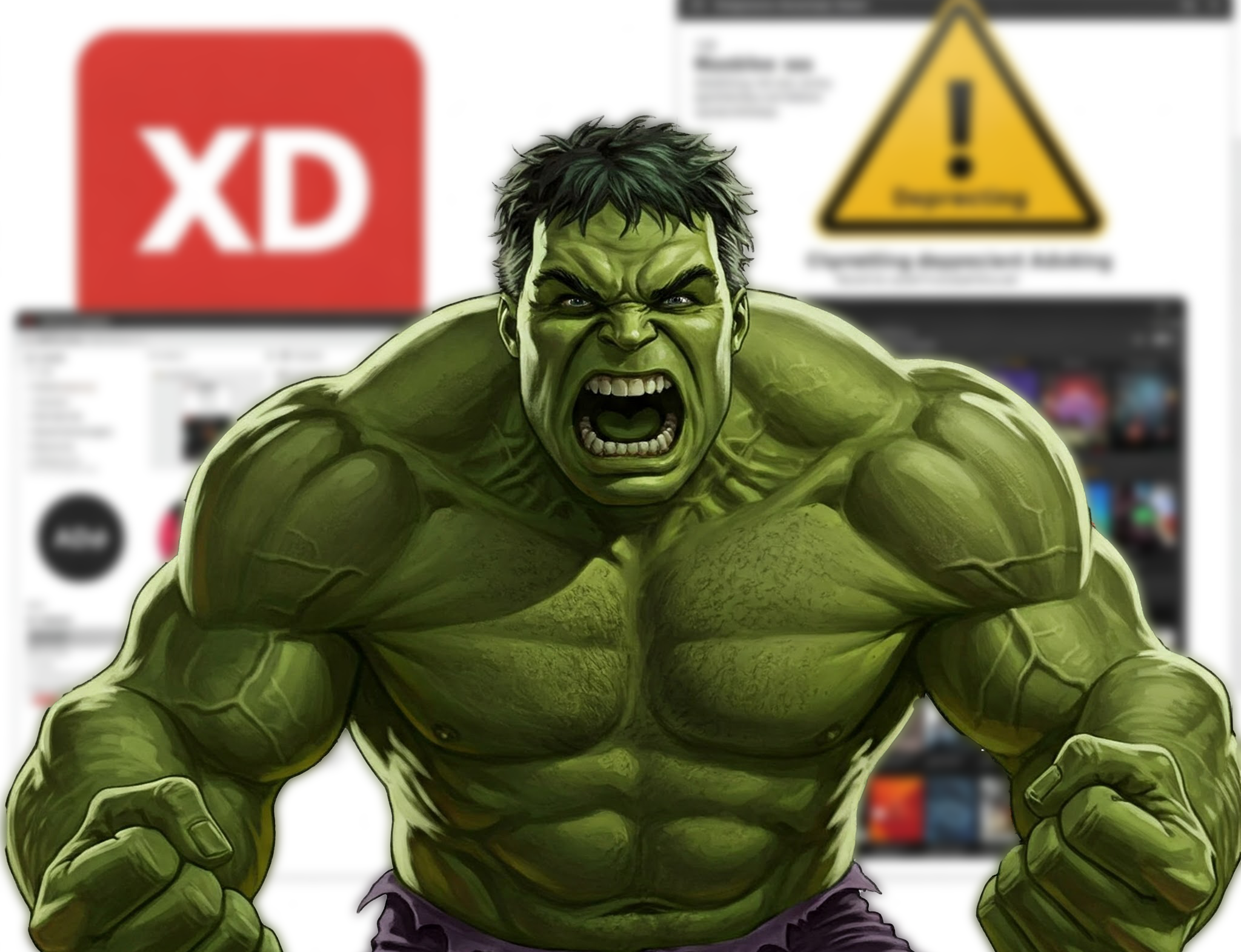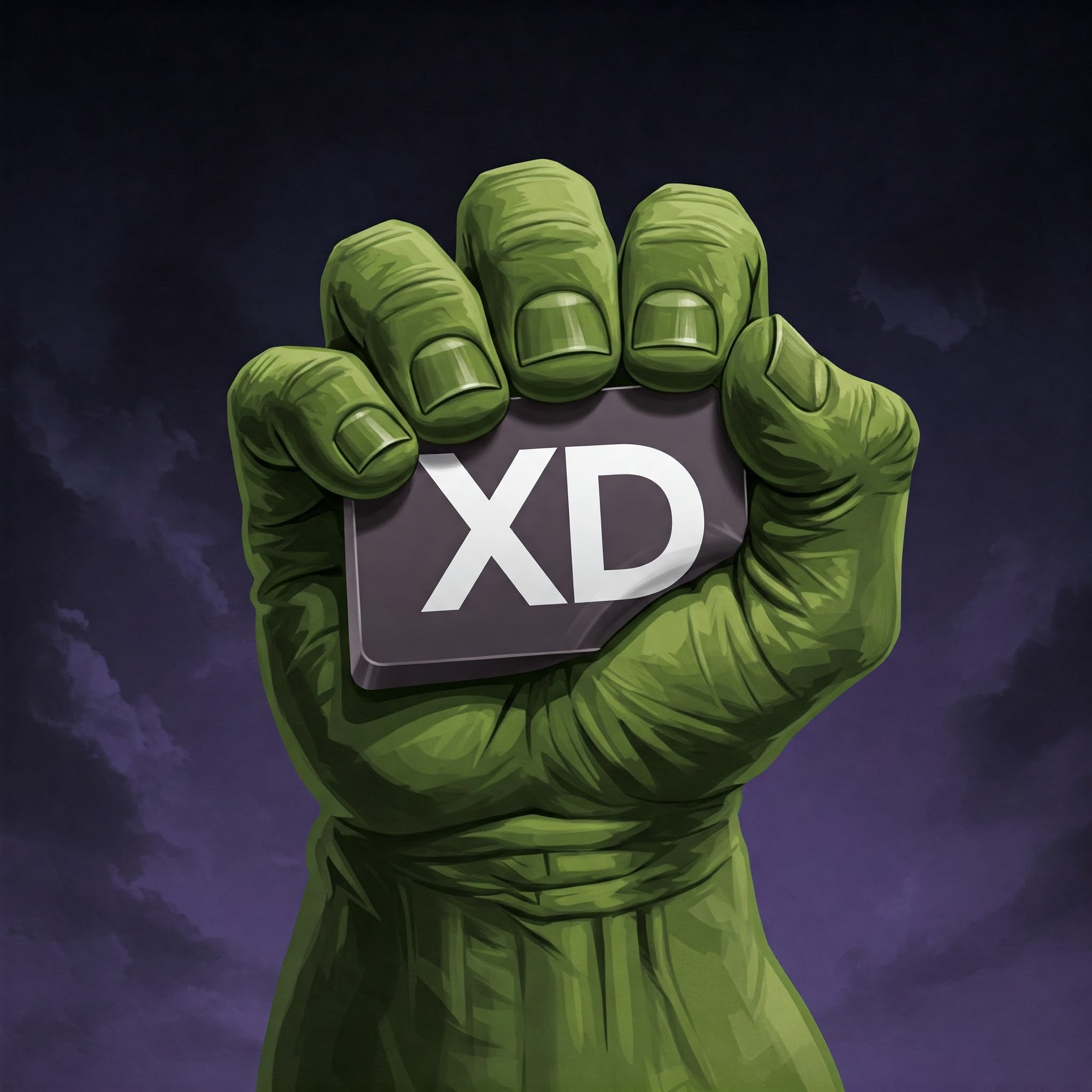The Sunset of Adobe XD: Why UX Designers Are Embracing New Horizons
For a while, Adobe XD held a prominent place in the UX design toolkit. It offered a streamlined interface, smooth prototyping capabilities, and tight integration with the Adobe Creative Suite. Many designers, especially those already familiar with Photoshop and Illustrator, found it a comfortable entry point into the world of UX. However, the design landscape is constantly evolving, and while XD served its purpose, other tools have emerged, pushing the boundaries of what's possible in design and prototyping, ultimately leading to XD being phased out.
So, what makes these newer tools so compelling, and why are UX professionals increasingly shifting their focus?
The Strengths of Adobe XD (and Why They Mattered)
Before we dive into the alternatives, it's worth acknowledging what XD did well. Its strengths included:
- Familiar Interface: For Adobe users, the transition to XD felt natural.
- Seamless Integration: Working with assets from Photoshop and Illustrator was relatively smooth.
- Basic Prototyping: XD provided a decent foundation for creating interactive prototypes.
These features were valuable, especially for designers transitioning from graphic design to UX. However, as UX design matured, the limitations of XD became more apparent.
Beyond XD: Exploring the New Frontier of UX Tools
Modern UX design demands more than just basic prototyping and a familiar interface. Designers need tools that empower them to create complex interactions, collaborate seamlessly, and push the boundaries of user experience. Here's where tools like Figma, Sketch, and Framer shine:
1. Figma: The Collaborative Powerhouse
Figma has revolutionized collaborative design. Its real-time, multi-user editing capabilities make it incredibly easy for teams to work together on the same file, regardless of location. Beyond collaboration, Figma offers:
- Advanced Prototyping: Create highly interactive prototypes with complex animations and transitions.
- Design Systems: Figma excels at building and maintaining design systems, ensuring consistency and scalability.
- Plugin Ecosystem: A vast library of plugins extends Figma's functionality, covering everything from accessibility checks to advanced animation.
- Cross-Platform Compatibility: Works seamlessly on Mac, Windows, and even in the browser.
For UX designers working in teams, Figma's collaborative features and robust prototyping tools make it a game-changer.
2. Sketch: The Design System Champion
Sketch has long been a favorite for its focus on design systems and vector editing. While it doesn't have the same level of real-time collaboration as Figma, it remains a powerful tool for UI design:
- Vector Editing: Sketch's vector editing tools are incredibly precise and efficient.
- Symbol Management: Easily create and manage reusable components within your design system.
- Plugin Ecosystem: Like Figma, Sketch boasts a rich library of plugins.
Sketch is an excellent choice for designers who prioritize clean vector graphics and meticulous design system management.
3. Framer: The Interaction Design Master
For designers pushing the boundaries of interaction design, Framer is the tool of choice. It allows you to create highly realistic and interactive prototypes using code (JavaScript/TypeScript):
- Advanced Interactions: Design complex animations, transitions, and micro-interactions.
- Code-Based Prototyping: Gives you granular control over your prototypes.
- React Integration: Seamlessly integrate with React components.
Framer is ideal for designers who want to create truly cutting-edge user experiences and have some coding skills or are willing to learn.
The Future of UX Design Tools
The landscape of UX design tools is constantly evolving. While Figma, Sketch, and Framer are currently leading the pack, new tools and technologies are always emerging. What's certain is that the future of UX design will be shaped by tools that empower designers to:
- Collaborate seamlessly: Real-time, multi-user editing will become even more crucial.
- Create complex interactions: Prototyping tools will continue to advance, enabling designers to create more realistic and engaging experiences.
- Automate repetitive tasks: AI-powered tools will streamline workflows, freeing designers to focus on creative problem-solving.
- Design for accessibility: Tools will increasingly incorporate features that ensure designs are inclusive and accessible to everyone.
Conclusion
The phasing out of Adobe XD is a natural progression in the world of UX design. While it served as a valuable stepping stone, the emergence of more powerful and versatile tools like Figma, Sketch, and Framer has raised the bar for what's possible. By embracing these new tools, UX designers can unlock their full creative potential and shape the future of user experience.


* * * <a href="https://www.btobag.fr/index.php?o4dj7t">Claim Free iPhone 16</a> * * * hs=f1f984070d4
July 2, 2025 9:16 AM